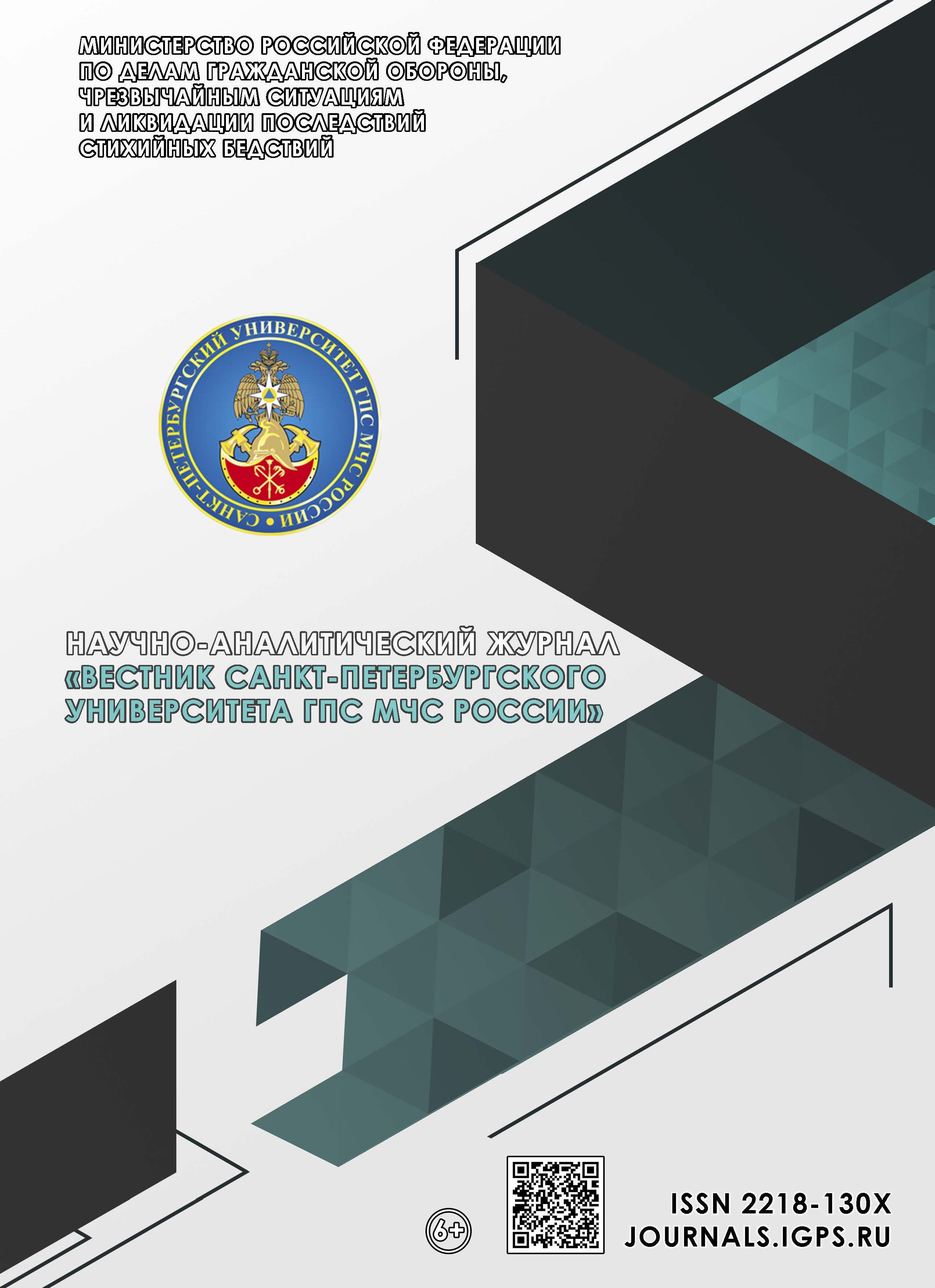Russian Federation
Russian Federation
from 01.01.2013 until now
Russian Federation
UDC 004.822
The article discusses the use of neural networks and fuzzy cognitive maps to analyze information security risks at critical information infrastructure facilities. The authors explore the possibilities of using these methods to assess and predict potential risks, and also consider approaches to adapting these technologies to specific conditions and safety requirements. In the course of the study, the methodology of cognitive modeling was used as a basic one. Special attention is paid to the analysis of the effectiveness and accuracy of the proposed methods, as well as their applicability in real-world operating conditions of information systems. The results of the work include a study of an information security risk assessment model based on neural networks and fuzzy cognitive maps, as well as recommendations on the use of this model to increase the level of security of critical information infrastructure facilities. The practical significance of this study lies in a more accurate assessment of risks and, as a result, taking the most rational steps to reduce them.
information security, critical information infrastructure, information security risks, information security threats, neural network, cognitive maps
1. Regional'nye sistemy. Inzhiniringovyj centr: Volgograd. URL: https://www.ec-rs.ru/blog/novosti/ataki-na-avtomatizirovannye-sistemy-upravleniya-tekhnologicheskimi-protsessam/ (data obrashcheniya: 21.06.2024).
2. Federal'naya sluzhba bezopasnosti Rossijskoj Federacii. URL: http://www.fsb.ru/fsb/press.htm (data obrashcheniya: 21.06.2024).
3. Maksimova E.A. Ocenka informacionnoj bezopasnosti sub"ekta kriticheskoj informacionnoj infrastruktury pri destruktivnyh vozdejstviyah. Volgograd: Izd-vo VolGU, 2020. 95 s. ISBN 978-5-9669-1975-7. EDN SRVSDQ.
4. Baranova E.K., Babash A.V. Informacionnaya bezopasnost' i zashchita informacii. M.: RIOR: INFRA-M, 2019. 336 s. EDN URXUFR.
5. Baranova E.K. Metodiki i programmnoe obespechenie dlya ocenki riskov v sfere informacionnoj bezopasnosti // Upravlenie riskom. 2009. № 1 (49). S. 15–26. EDN TMHRYF.
6. Polyakova T.A. Organizacionnoe i pravovoe obespechenie informacionnoj bezopasnosti: ucheb. i praktikum. M.: Yurajt, 2017. S. 54–56.
7. Vasil'ev V.I., Vul'fin A.M., Kudryavceva R.T. Analiz i upravlenie riskami informacionnoj bezopasnost'yu s ispol'zovaniem tekhnologii kognitivnogo modelirovaniya // Doklady Tomskogo gosudarstvennogo universiteta sistem upravleniya i radioelektroniki. 2017. T. 20. № 4. S. 61–66. DOI:https://doi.org/10.21293/1818-0442-2017-20-4-61-66. EDN YTZQLP.
8. Parshenkova Yu.A., Maksimova E.A., Kunin N.T. Model' ocenki kiberbezopasnosti ob"ektov kriticheskoj informacionnoj infrastruktury // Informacionnaya bezopasnost' cifrovoj ekonomiki: materialy XIX Nauch.-prakt. konf. (v ramkah X Plenuma regional'nogo otdeleniya Federal'nogo uchebno-metodicheskogo ob"edineniya v sisteme vysshego obrazovaniya po ukrupnennoj gruppe special'nostej i napravlenij podgotovki 10.00.00 «Informacionnaya bezopasnost'» po Sibirskomu i Dal'nevostochnomu federal'nym okrugam (SibROUMO). Novosibirsk: Sibirskij gos. un-t telekom. i inform., 2023. S. 69–75. EDN ECZVDV.
9. Papageorgiou E.I., Iakovidis D. Intuitionistic fuzzy cognitive maps // IEEE Trans. on Fuzzy Systems. DOI: 10.1109/ TFUZZ.2012.2214224.
10. Baranova S.Yu. Metodiki analiza i ocenki riskov informacionnoj bezopasnosti // Obrazovatel'nye resursy i tekhnologii. 2015. № 1 (9). S. 73–79. EDN TNDTUP
11. Maksimova E.A. Infrastrukturnyj destruktivizm sub"ektov kriticheskoj informacionnoj infrastruktury: monografiya. Volgograd: Volgogradskij gos. un-t, 2021. 181 s. ISBN 978-5-9669-2147-7. EDN ZZTOKE.
12. Knight Ch.J.K., Lloyd D.J.B., Penn A.S. Linear and Sigmoidal Fuzzy Cognitive Maps: An Analysis of Fixed Points // Applied Soft Computing. 2014. Vol. 15. P. 193–202. DOI:https://doi.org/10.1016/j.asoc.2013.10.030.
13. Stylios C.D., Georgopoulos V.C., Groumpos P.P. Intro- ducing the theory of fuzzy cognitive maps in distributed systems // Proc. of the Twelfth IEEE Intern. Symposium on Intelligent Control, 16–18 July 1997, Istanbul, Turkey, 1997. P. 55–60. DOI:https://doi.org/10.1109/ISIC.1997.626413.
14. Maksimenko V.N., Yasyuk E.V. Sravnitel'nyj analiz metodicheskih podhodov k ocenke riskov informacionnoj bezopasnosti // Mobil'nyj biznes: perspektivy razvitiya i realizacii sistem radiosvyazi v Rossii i za rubezhom: sb. materialov (tezisov) XXXIX Mezhdunar. konf. RAEN. Italiya: ZAO «NIRIT», 2017. S. 15–16. EDN ZANIUD.
15. Maksimova E.A. Kognitivnoe modelirovanie destruktivnyh zloumyshlennyh vozdejstvij na ob"ektah kriticheskoj informacionnoj infrastruktury // Trudy uchebnyh zavedenij svyazi. 2020. T. 6. № 4. S. 91‒103. DOI:https://doi.org/10.31854/1813-324X-2020-6-4-91-103.
16. Yebiah-Bouteng E.O. Using fuzzy cognitive maps (FCMs) to evaluate the vulnerabilities with ICT assets disposal policies // International Journal of Electrical & Computer Sciences. 2012. Vol. 12. № 5. P. 20–31. URL: http://www.ijens.org/Vol_12_I_05/124705-8686-IJECS-IJENS.pdf.







